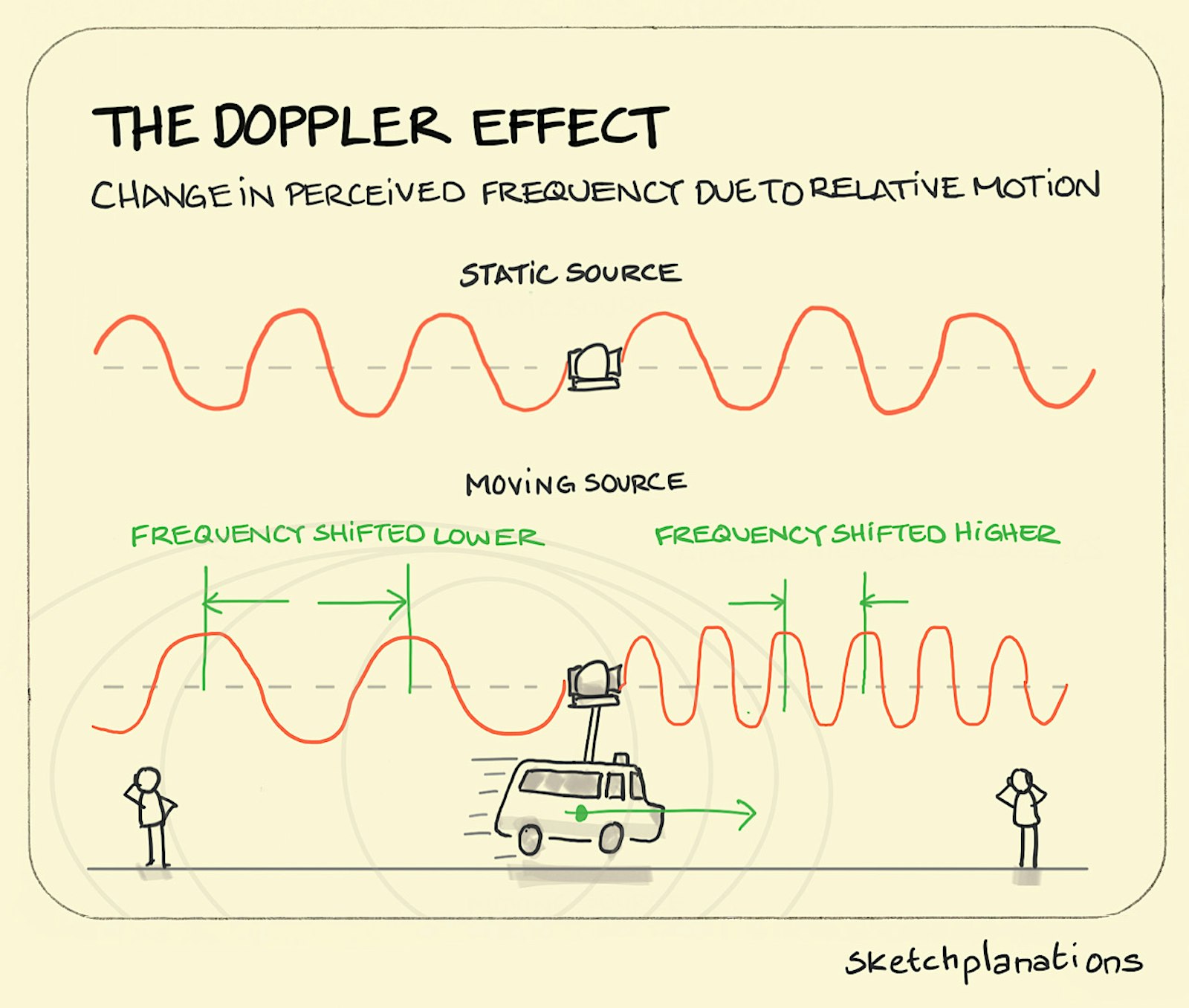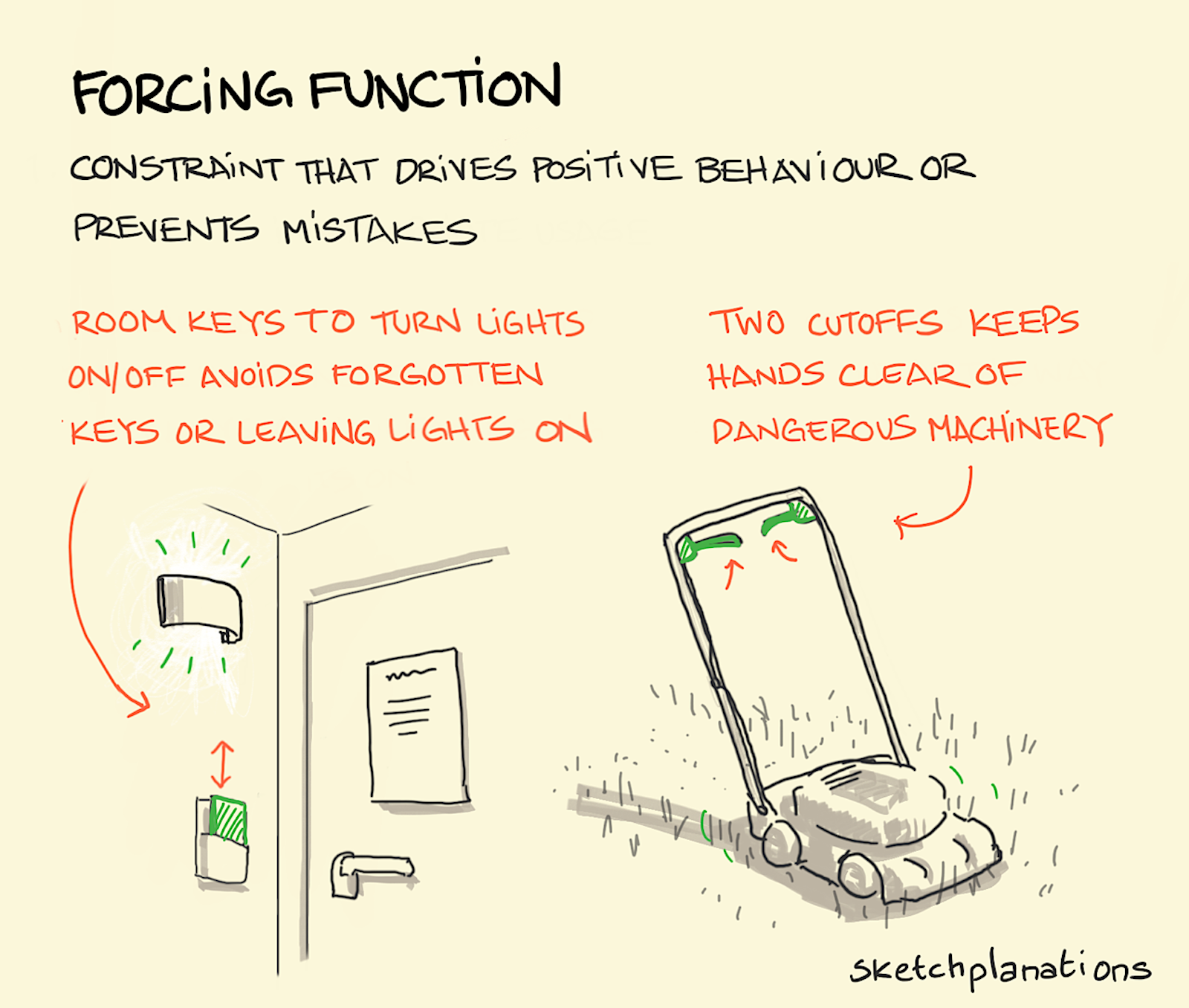
Human risk
In Don Norman’s classic book The Design of Everyday Things, Don gives an example of how to break into an office: just turn up at the door with a bunch of unwieldy computer equipment that looks difficult to carry and ask someone if they can open the door for you. Generally, someone will.
Which goes to show no matter how well your system is designed, how seemingly impregnable your defences are, or how robust your processes, human risk — people doing things they shouldn’t or not doing things they should — are most likely the biggest ones. Like accidentally leaning on the keyboard before sending a bank transfer.
The sketch is loosely based on a story, which is not true but illustrates the point nicely, that the Mongols got past the Great Wall simply by bribing the guards.
If you like behavioural science, cognitive biases and the like, and want to build a better understanding of human risk, take a look at the human risk newsletter run by a long-time patron of Sketchplanations Christian Hunt.
You can listen to a fun, example-packed conversation of human risk in our podcast episode on human risk with Christian Hunt.




